
I was wondering about this, but there is a good reason for why to mount it on the right, it's explained in your link.
Frame Mount Location
A panhard bar that is attached to the right side of the frame lowers during chassis roll. However, a panhard bar that is attached to the left side of the frame raises during chassis roll. However, the effects on handling of a right side versus a left side frame mounting are not always predictable. The location of the panhard's axle mount can counteract any predictable handling effects. The current tendency is to mount the panhard to the left side of the dirt car chassis and to the right side of asphalt chassis.
A panhard bar that is attached to the right side of the frame lowers during chassis roll. However, a panhard bar that is attached to the left side of the frame raises during chassis roll. However, the effects on handling of a right side versus a left side frame mounting are not always predictable. The location of the panhard's axle mount can counteract any predictable handling effects. The current tendency is to mount the panhard to the left side of the dirt car chassis and to the right side of asphalt chassis.
Vadim,
Keep in mind that the article I linked to with that panhard bar information was written by circle track racers for circle track racers. So when they say that the right side of the car lowers during chassis roll, they are only talking about left hand turns. In a right hand turn the opposite is true, i.e. the right side of the chassis raises. So for what we are doing with our cars, the choice is really six to one half dozen to the other. All that matters is which side is it easier to attach to. And the answer to that question seems to be the right side.
Do not discount the article because they are referring specifically to roundy-round racers. The information provided still applies. Just keep in mind the context from which it was written and extrapolate from there. The panhard bar is a proven suspension set up on many race cars with a straight axle, not just oval track cars.
Last edited by Russell
on 2012-07-27
at 21-30-27.








 Be the first to like this post.
Be the first to like this post.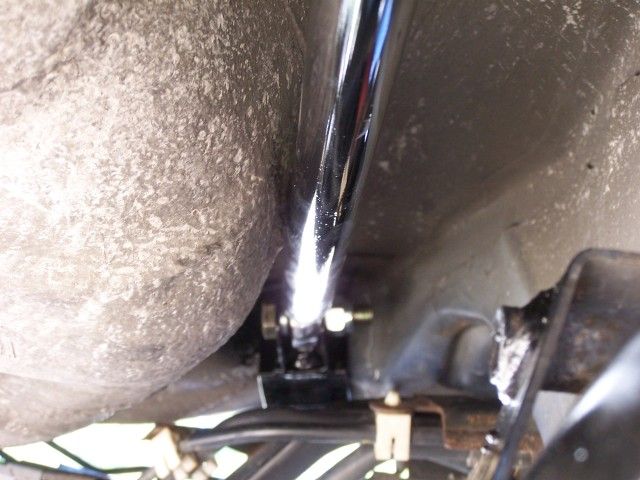
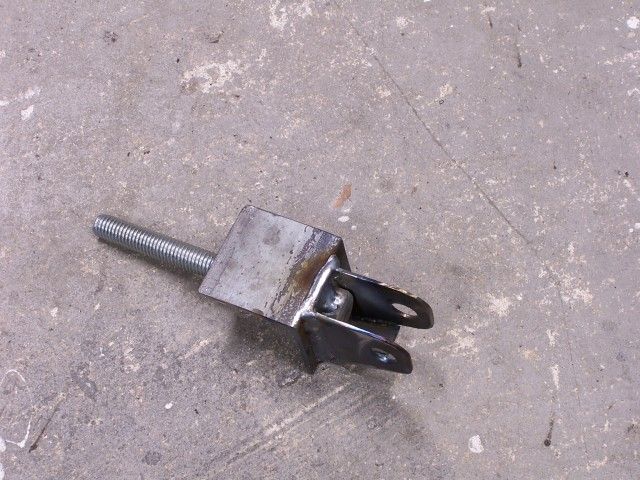

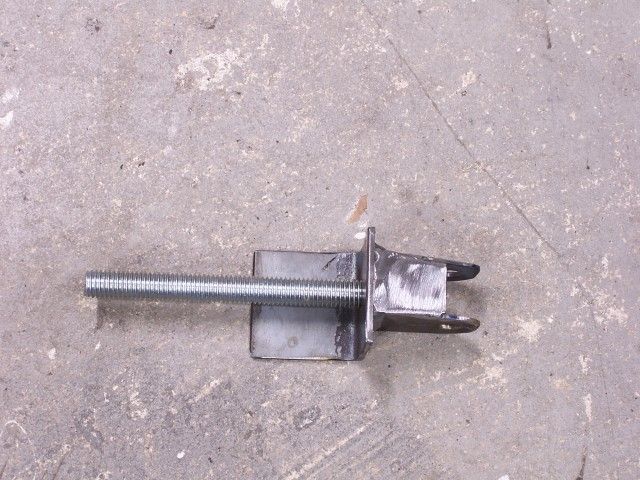
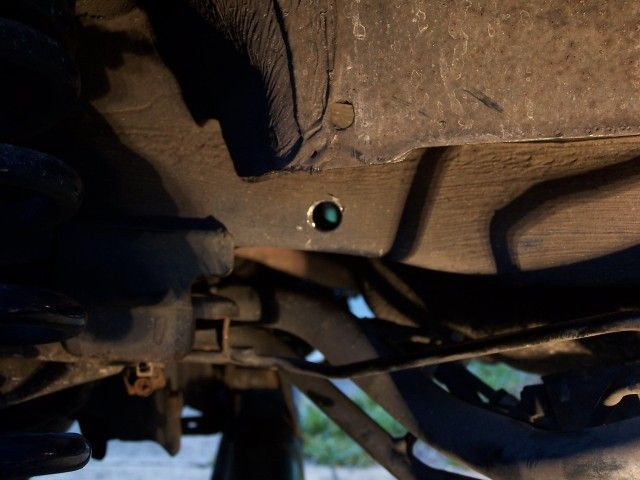

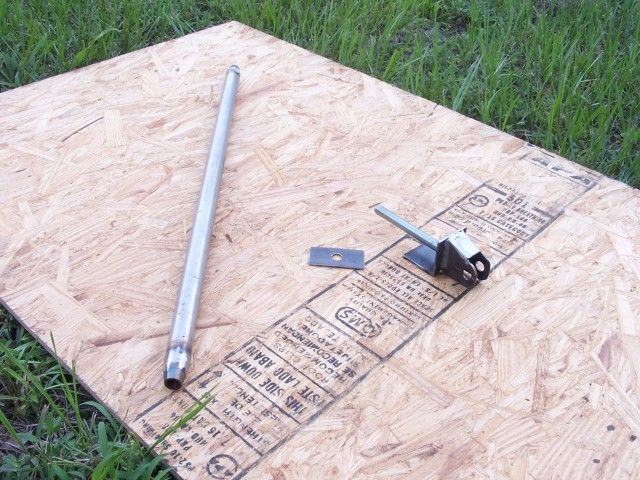
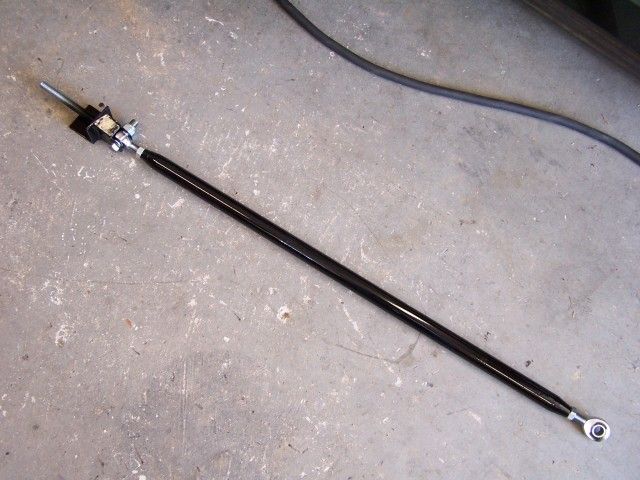
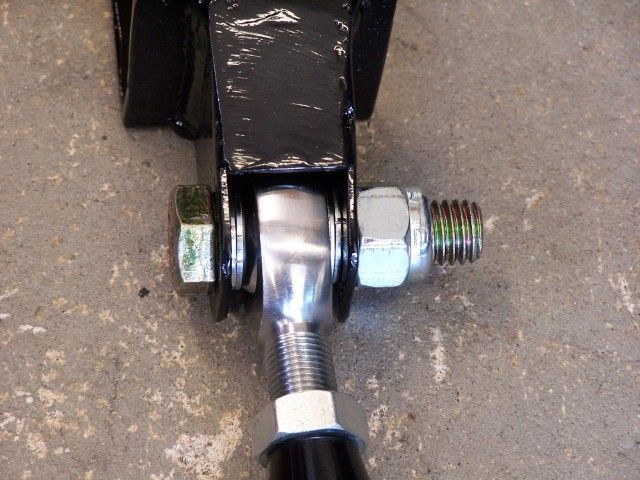
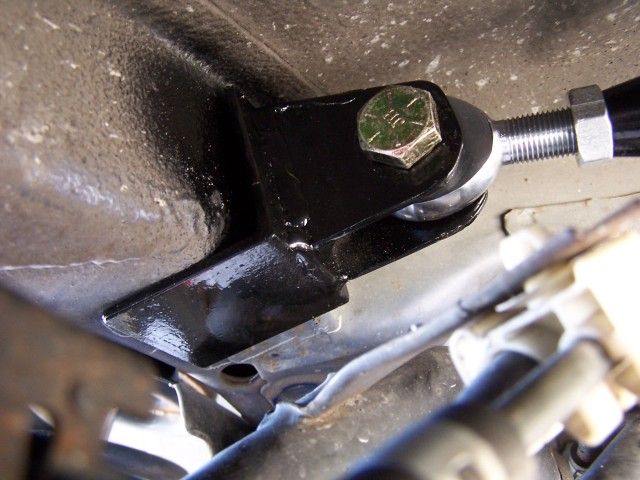
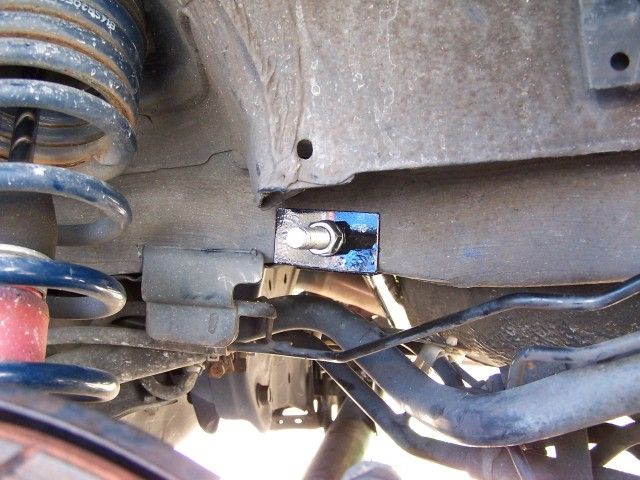
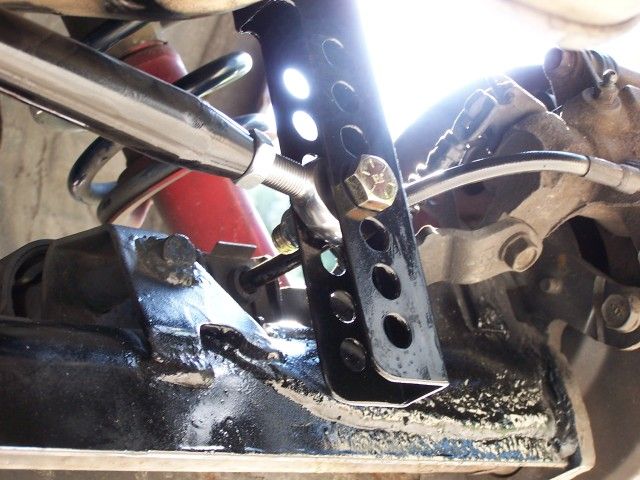

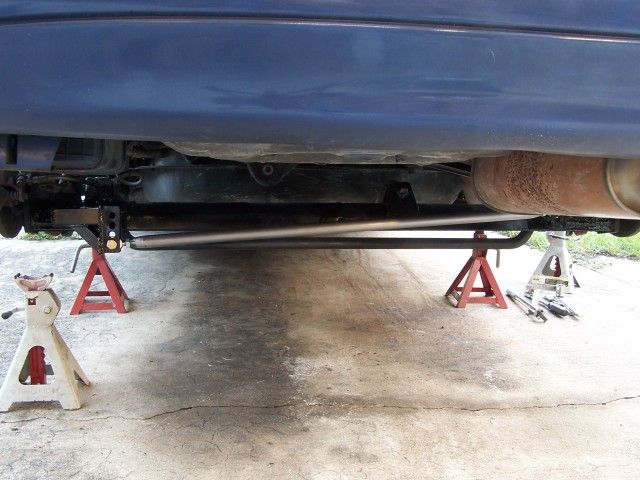
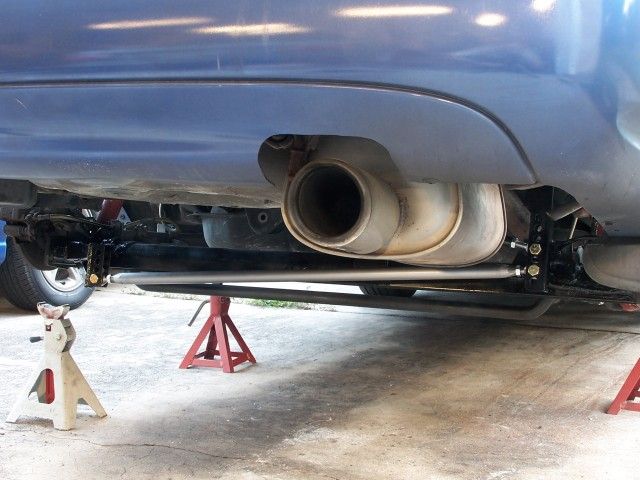
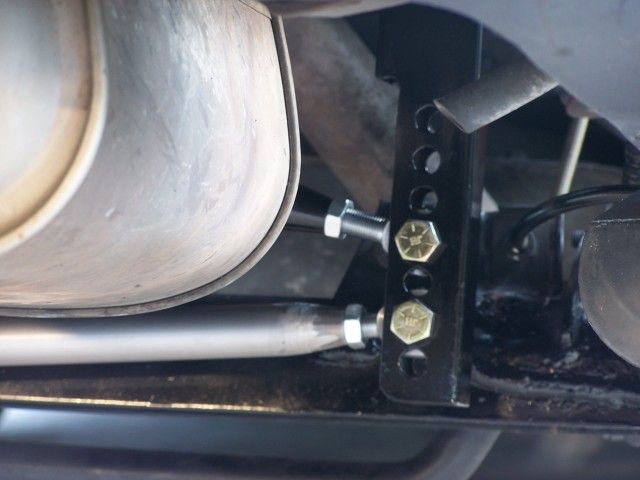

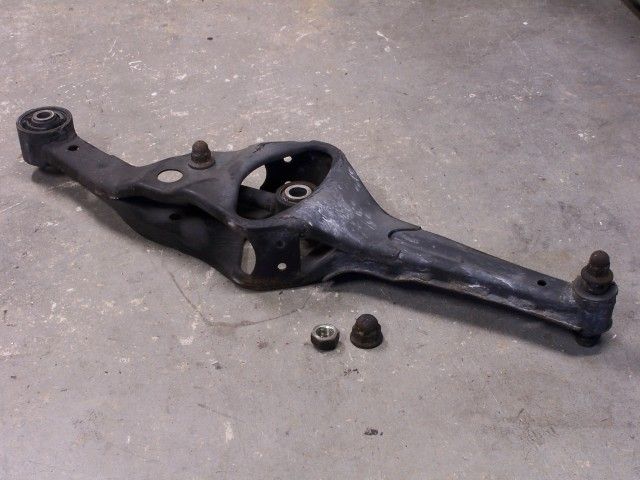

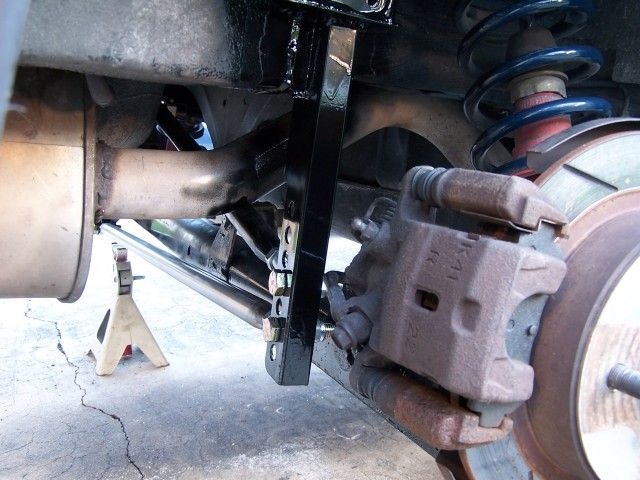


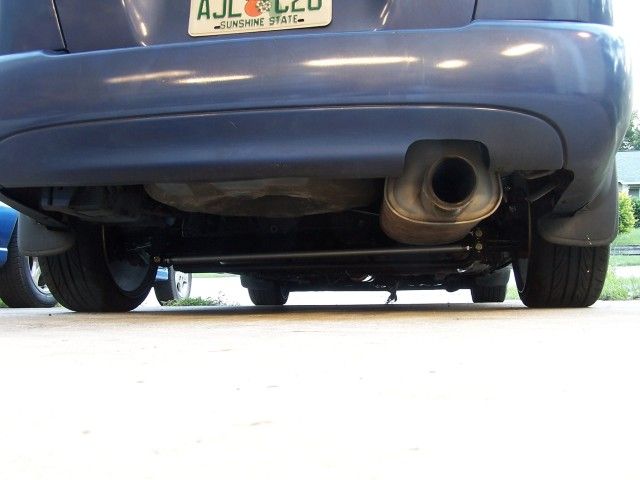


 Back to top
Back to top
